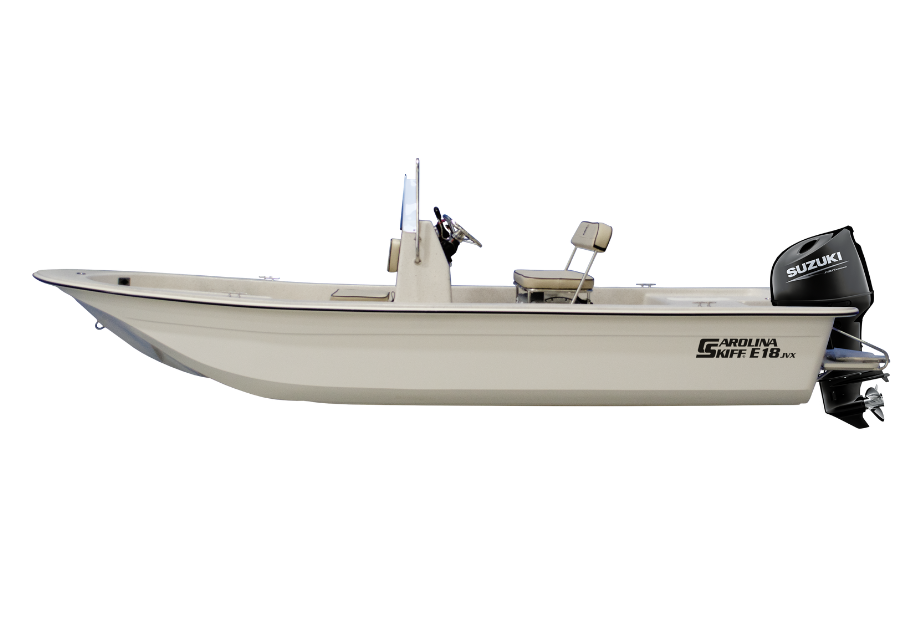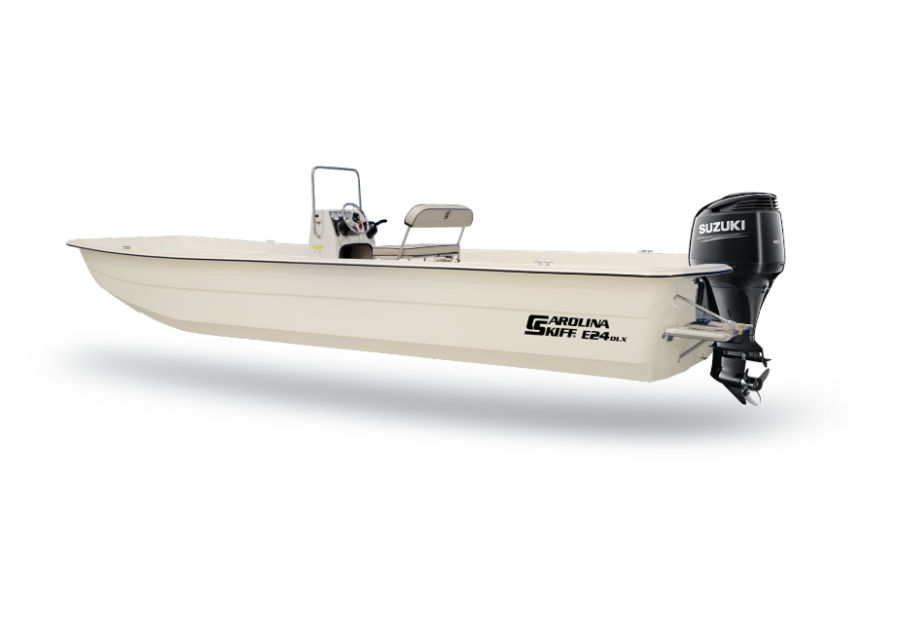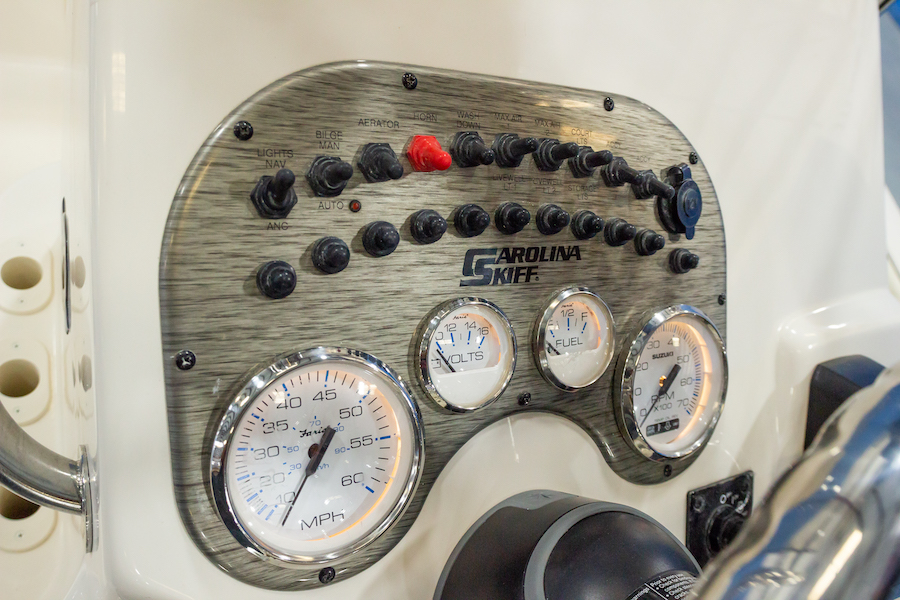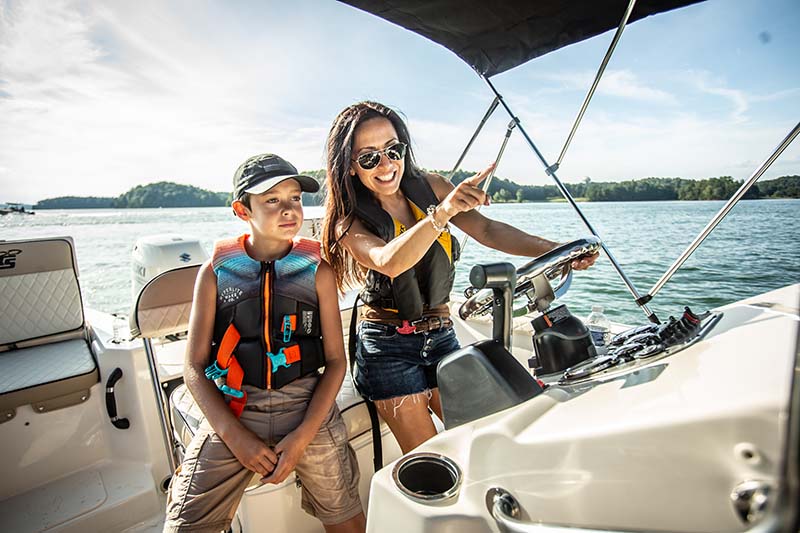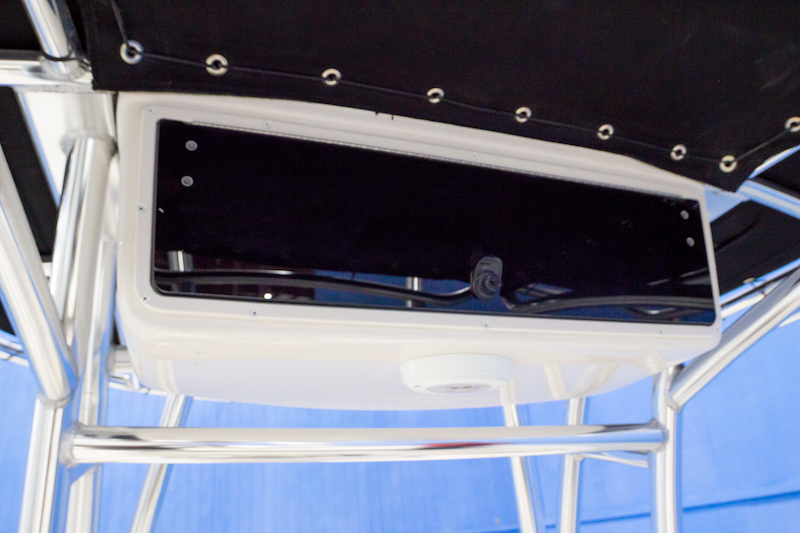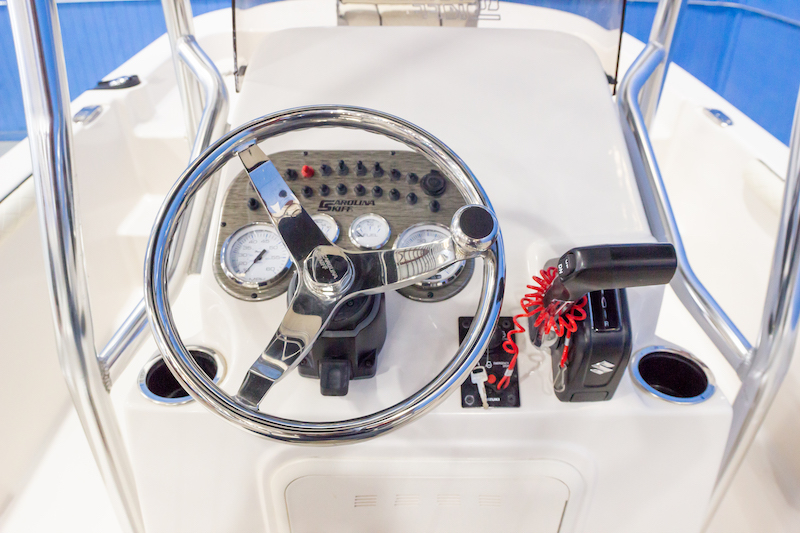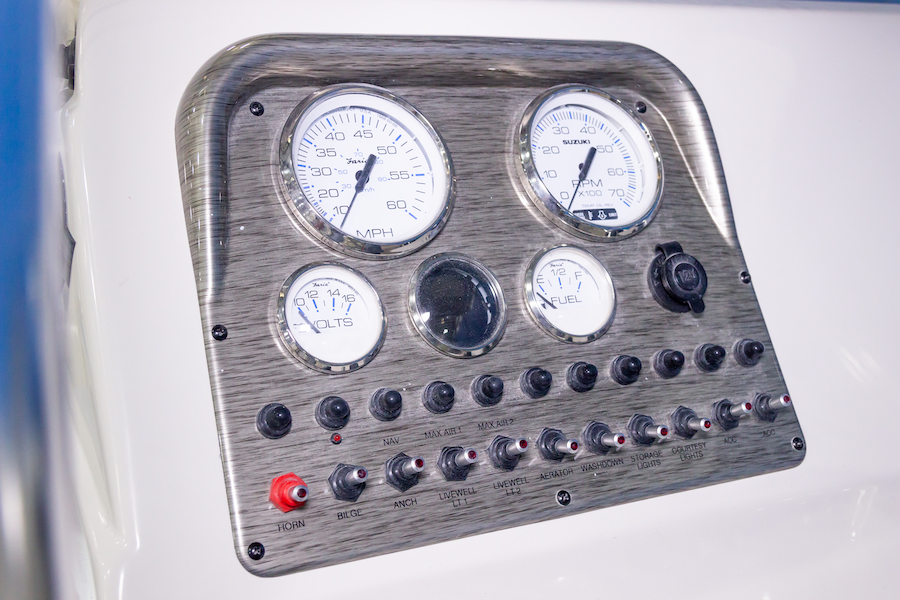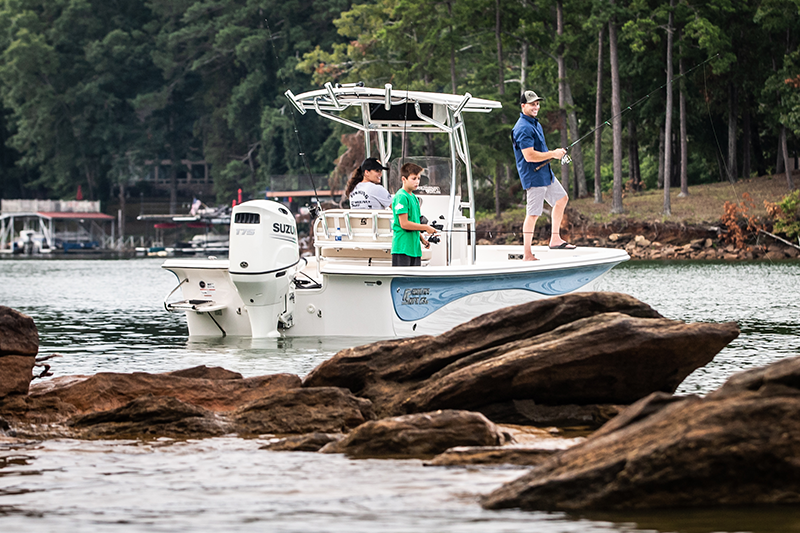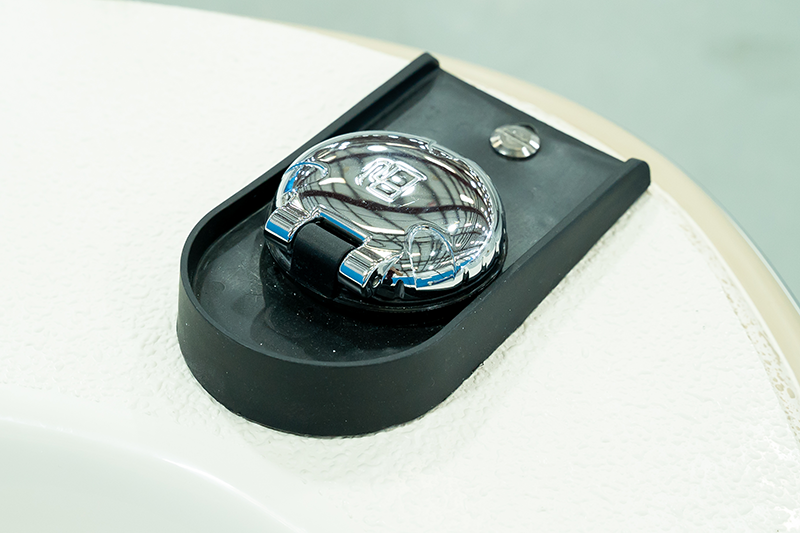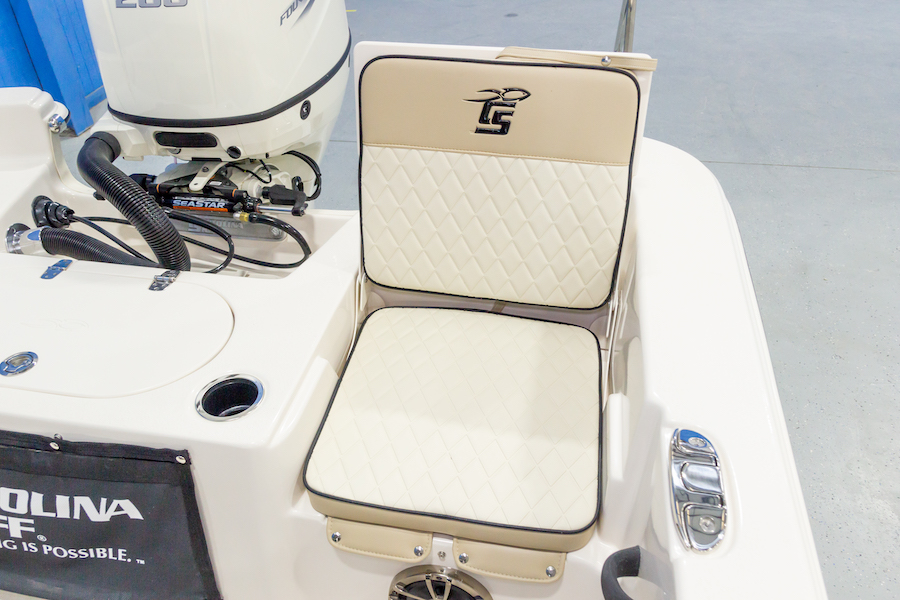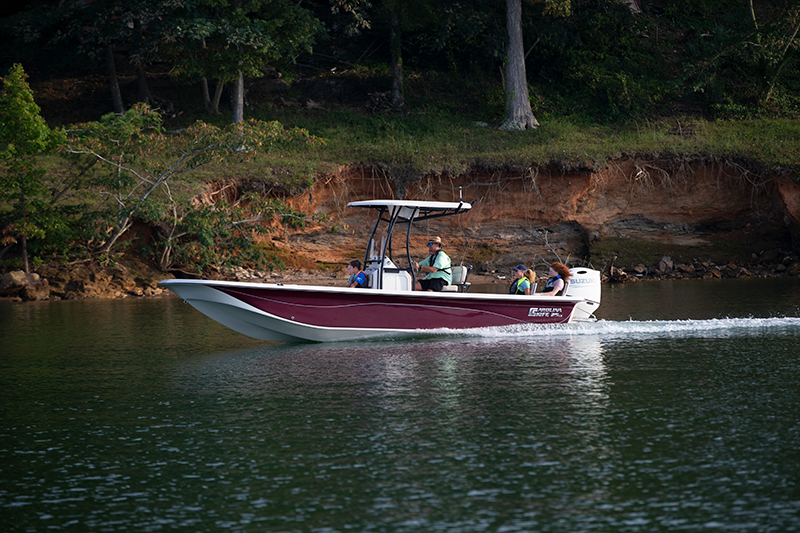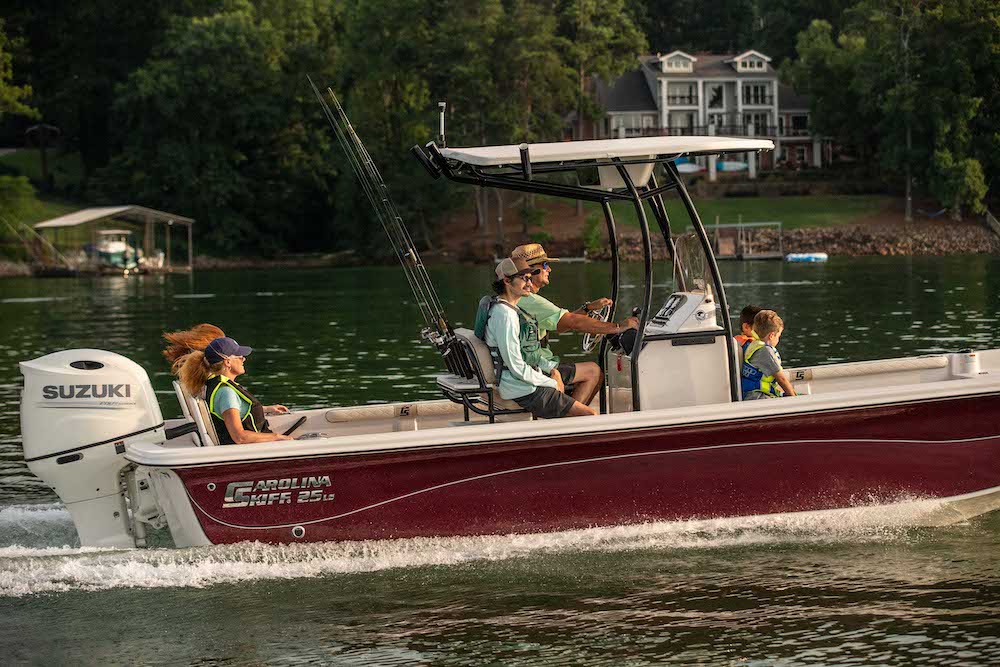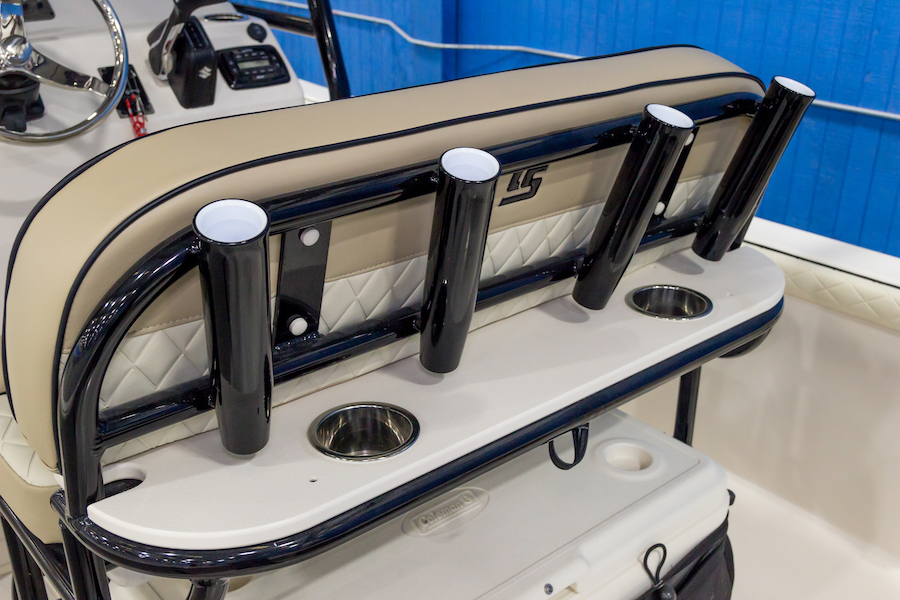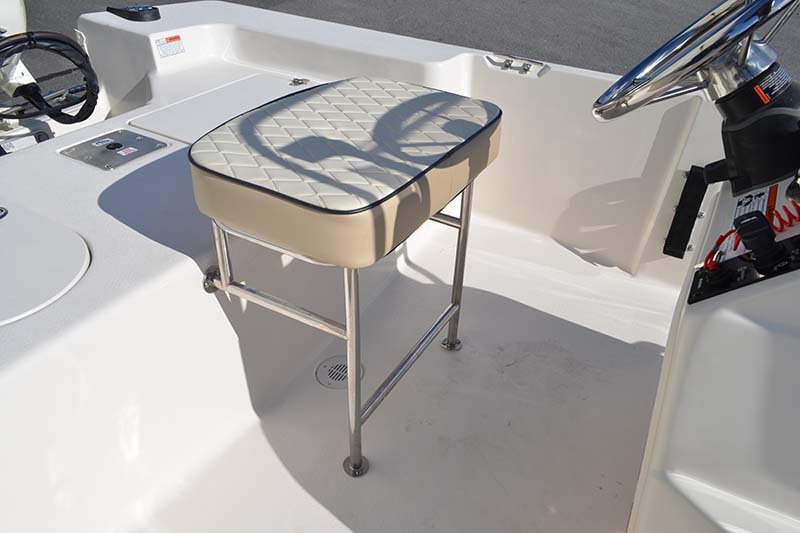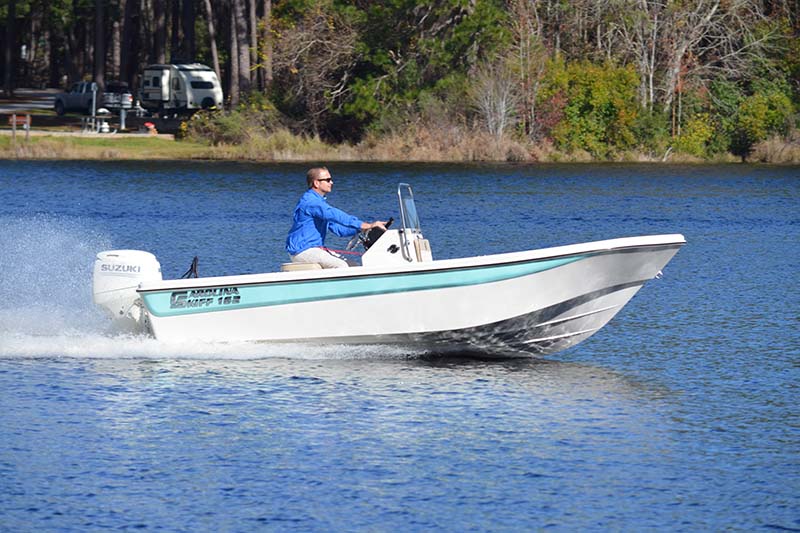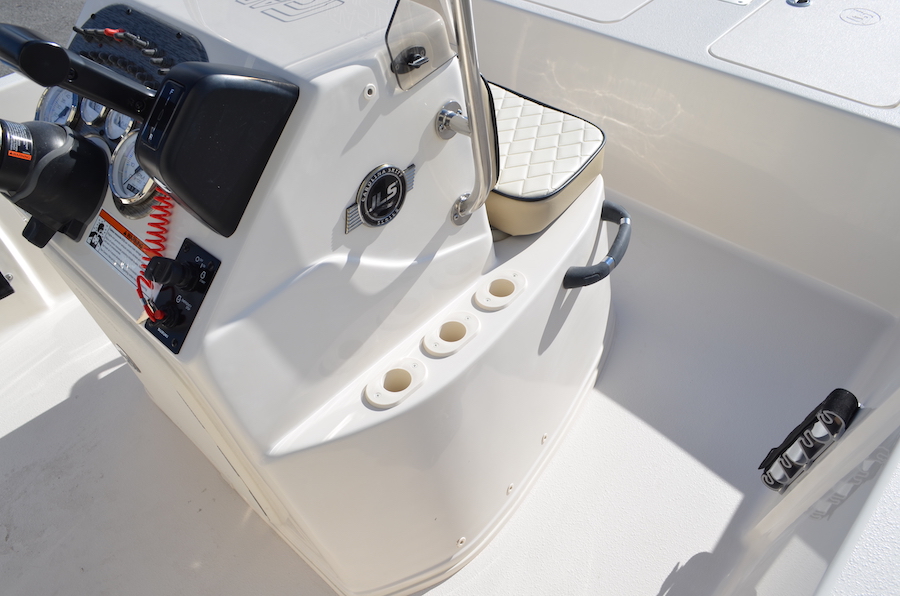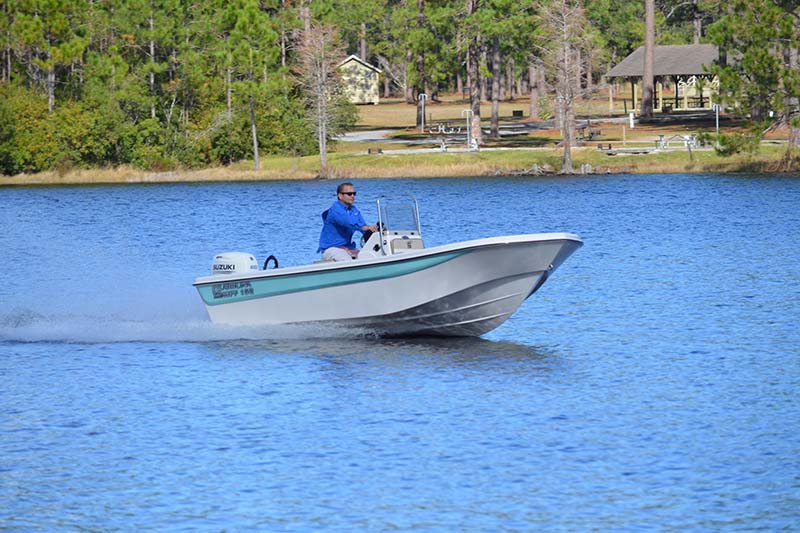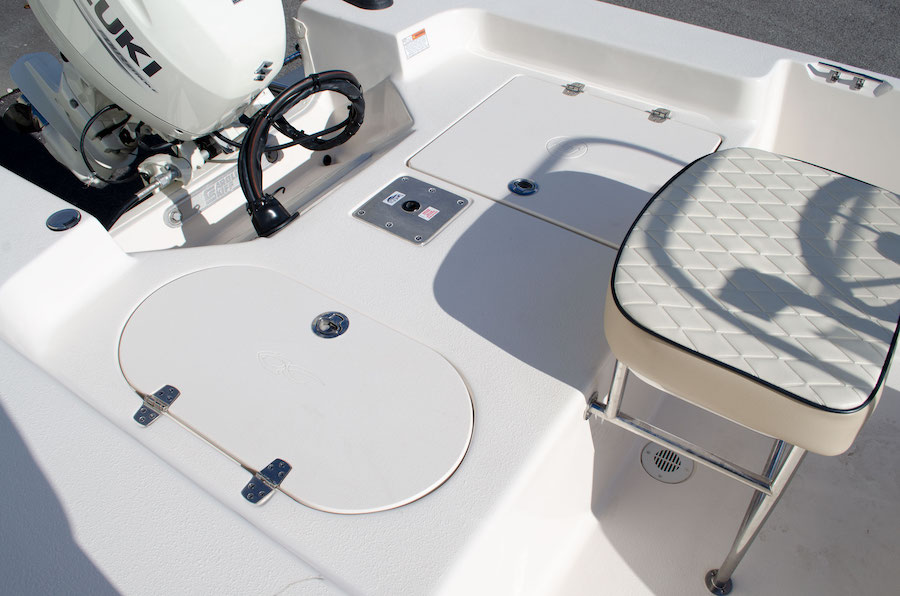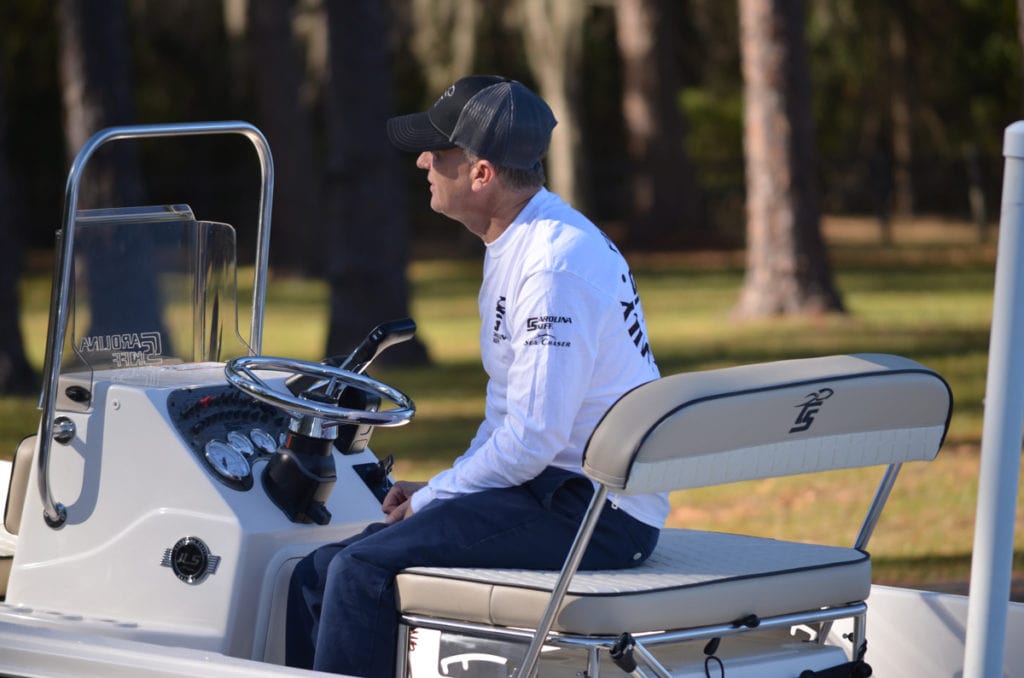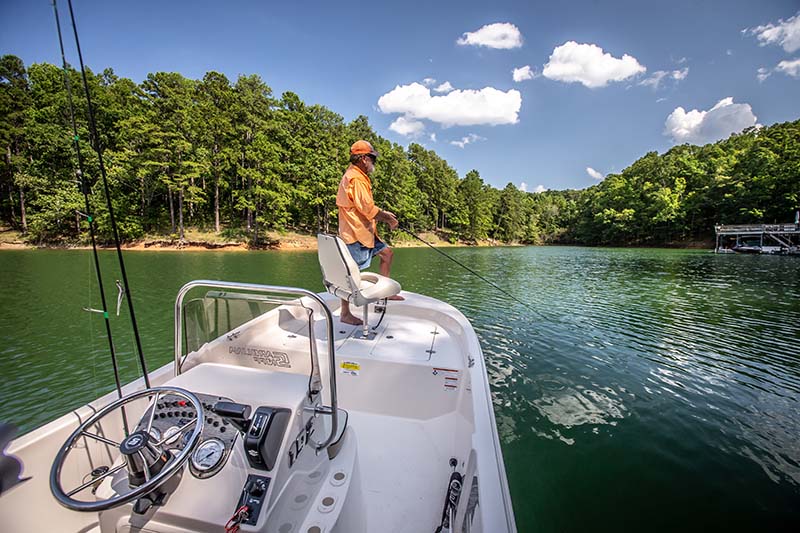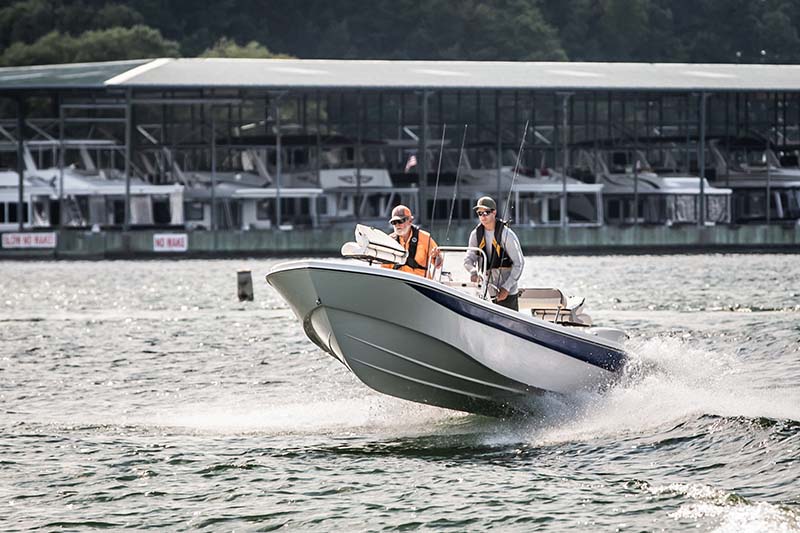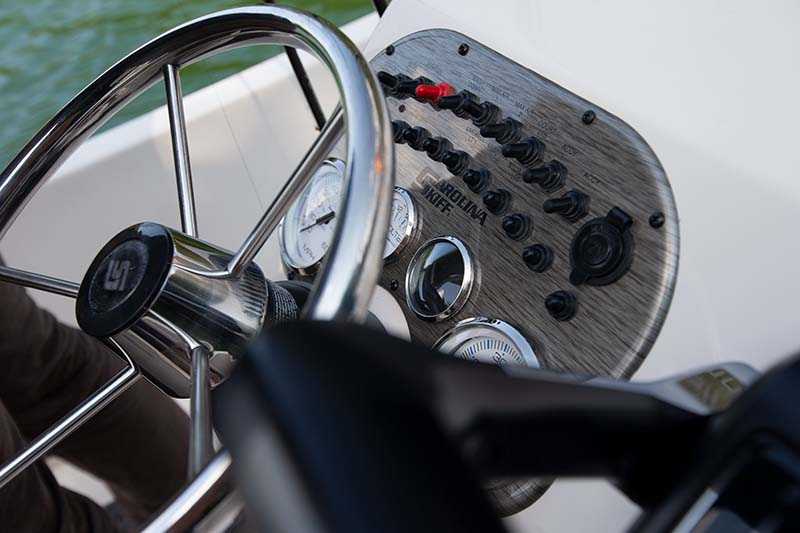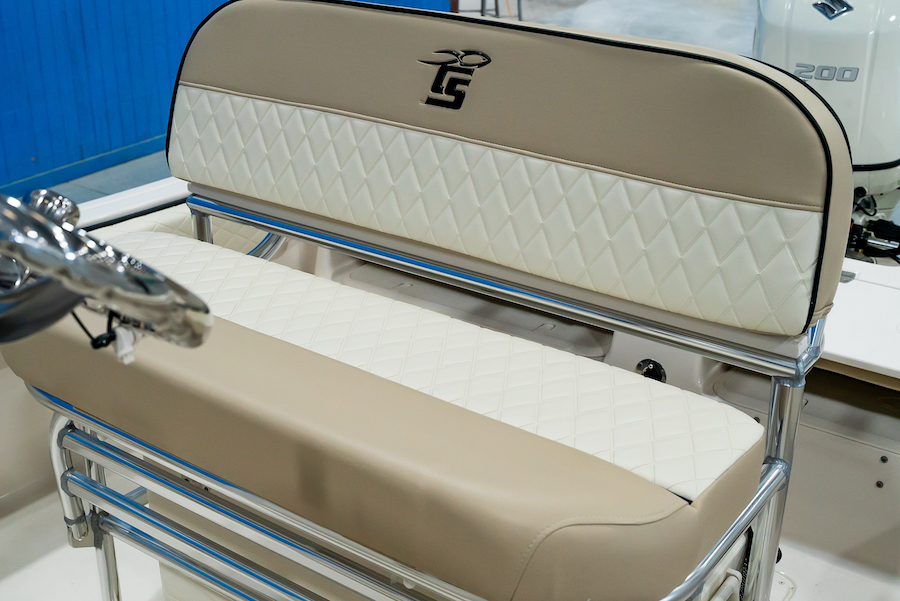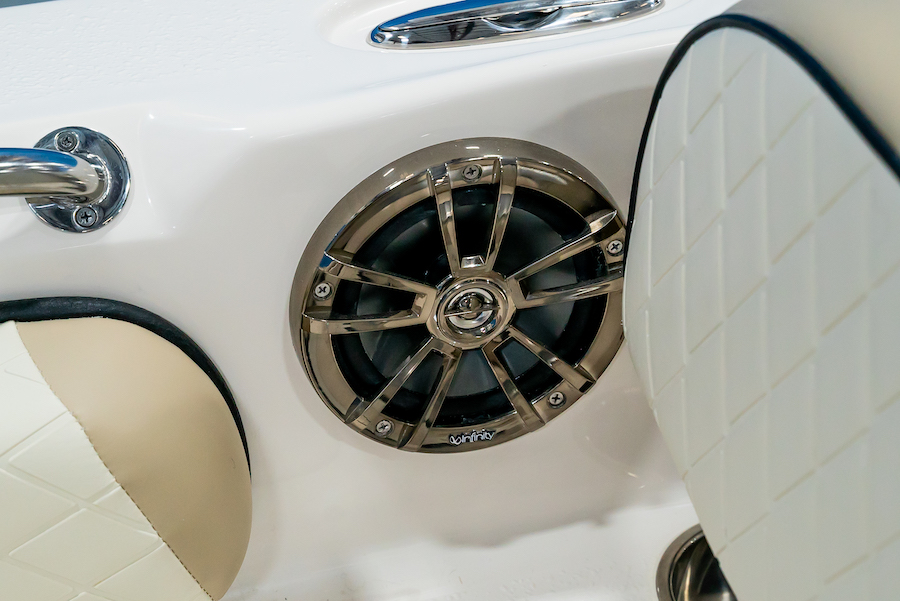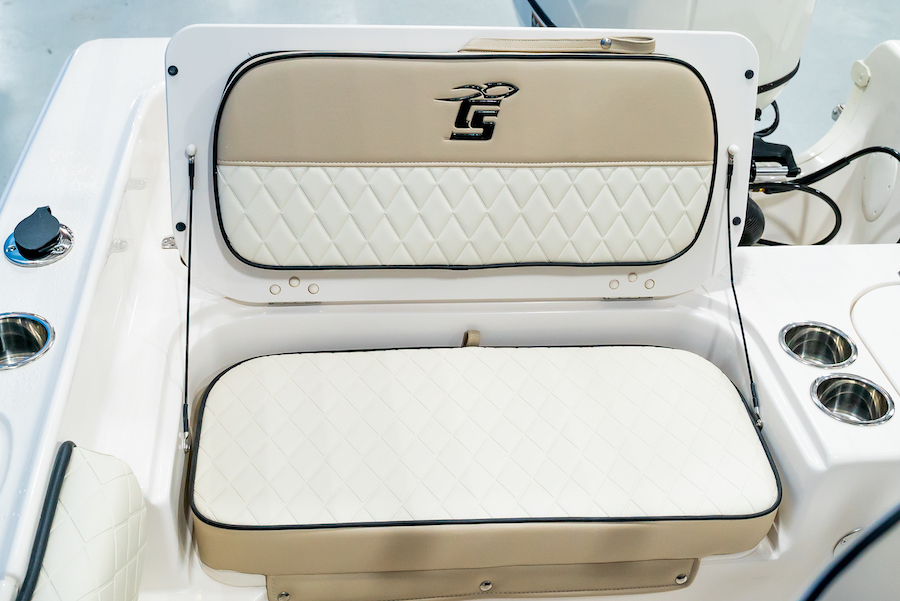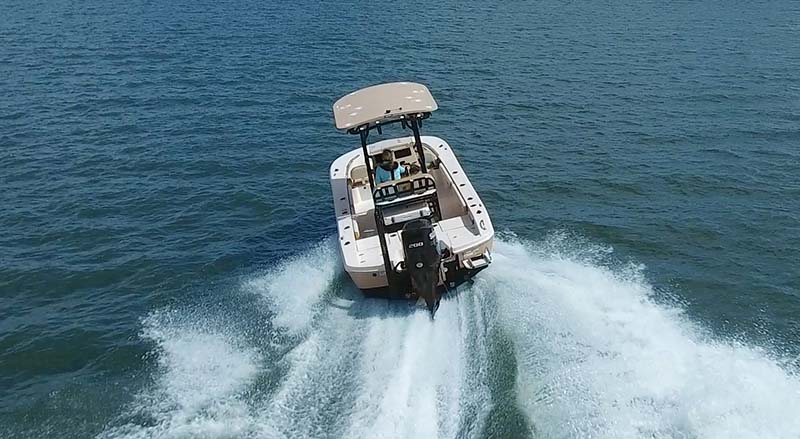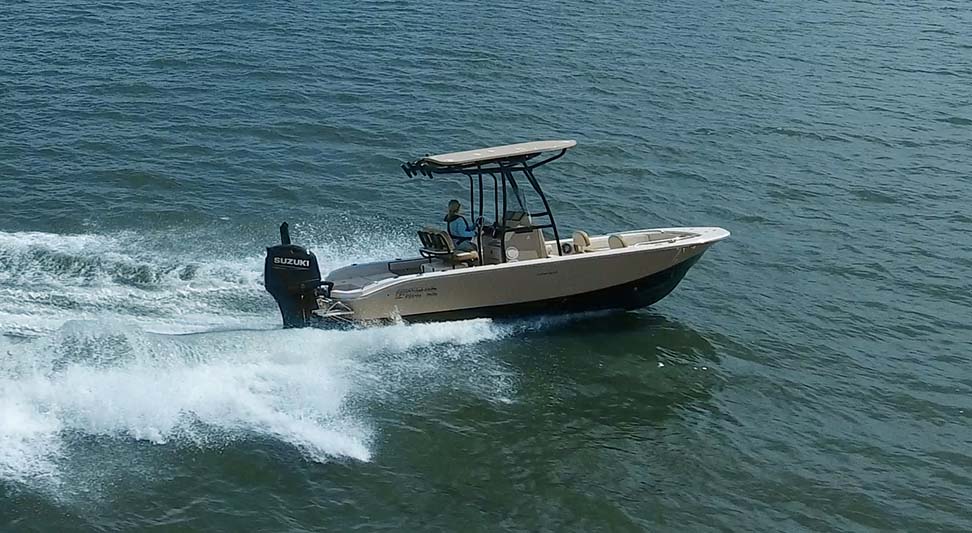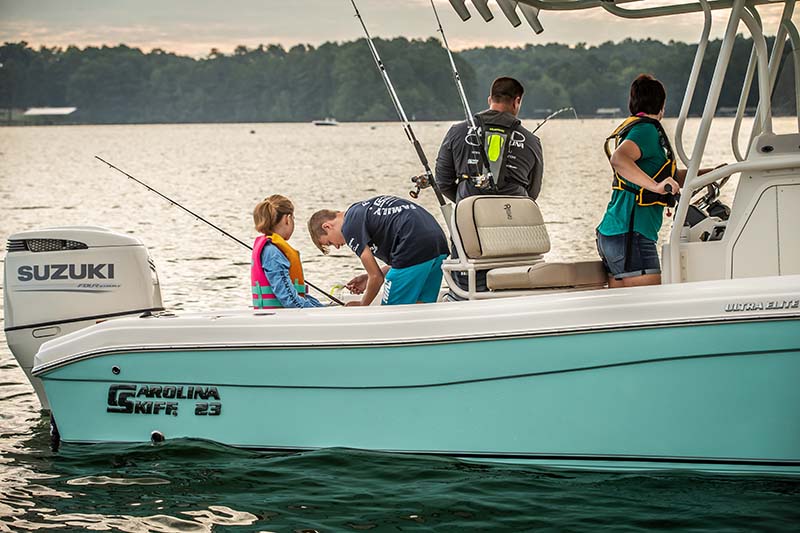As boat owners, we know that prepping your boat for hurricane season is key for the safety of ourselves and those around us on open water.
The same is expected when it comes to boating during hurricane season. With the unpredictable conditions, Mother Nature can bring — strong winds, heavy rainfall, and powerful waves — prep of your boat for hurricane season should be a priority before the storm is in sight.
Not sure where to start? Carolina Skiff is here to help!
Hurricanes: Watch vs. Warning
Tropical storms with winds of 74+ miles per hour are known as hurricanes, causing high tides, rising sea levels, and heavy rainfall. The season runs from May/June to November, depending on geographical location.
It’s important to know the difference between a watch and a warning when it comes to hurricanes. For instance, a watch indicates that hurricane conditions could occur within 48 hours in the area, while a warning means that such conditions are expected to happen within 36 hours.
This will give you an idea of when a storm might happen and how much time you have to prepare your boat.
5 Ways To Keep Prepared In Case Of A Hurricane:
1| Review Your Insurance Policy
Before boating season begins, contacting your insurance company to verify that your boat is covered for hurricane damage is a good idea. Check your policy for any exclusions or limitations. If necessary, consider purchasing additional coverage. Keep in mind that once a hurricane approaches, it’s too late to make changes to your policy.
When a storm is coming, it’s important to keep your important documents handy. This means storing the following on dry land:
- Boat insurance policies
- Any identification cards
- Boating licenses & registrations
Pro Tip! Take pictures of everything and keep a detailed inventory list of all your boating equipment in case the storm damages your property, which may require filing a claim.
2 | Move Your Boat
If possible, move your boat to a secure location far away from the expected storm surge and trees that could be blown over, as possible.
If your boat is trailer-able, store it in a garage. If that is not an option, keep it sheltered from the wind on the side of a building. Drain air from the trailer tires and secure the wheels off the ground. Then, anchor the boat and trailer securely to the ground using straps. Lastly, remember to remove the transom drain plug to prevent any water from accumulating.
Pro Tip! If you have to leave your boat in water, secure your boat by positioning the bow towards prevailing winds, anchoring with no less than two anchors using a line length equal to 10x water depth, adding fenders, and covering engine room vents and stern exhaust pipes.
3 | Remove & Secure Equipment
To ensure the safety of your belongings, it is recommended that you:
- Take electronics off your boat and store them in a safe location.
- Remove paddles, cushions, dishes, water toys, and anything not permanently fastened to the vessel.
- Tightly secure windows, doors, hatches, and any boat parts that could instill movement, like wheels and tillers.
Don’t Forget! Avoid chafing by covering all lines. Use things like tape, rubber hoses, or rags to wrap the lines at the points where they feed through the chocks. This will help prevent damage and keep everything working smoothly after the storm.
4 | Inspect Your Skiff
When you’re packing up your gear and securing what you need to, it’s a good idea to take a look at all of the lines, rigging, machinery, and hull to make sure that everything is working correctly and in sound shape. Keeping everything in good condition before the store could ensure further damage is not compounded during the storm.
Pro Tip! This is a great opportunity to ensure batteries are charged to run bilge pumps during the storm, consider extra batteries and switch off other electricity-consuming devices.
5 | Know What To Do After The Storm
If the roads are safe and the authorities give you the green light to check out your boat, proceed cautiously. Look for any signs of fuel leaks, sewage backups, or other potential hazards.
If your boat is not submerged or stuck on land, it is best to:
- Take pictures of your boat from different angles and
- Get rid of any salt, mud, or moisture.
- Clear out debris from the bilges and pumps.
- Temporarily fix any damaged rigging or railings with duct tape.
- Check the bilge water level.
- Inspect engine fuel systems for damage.
For sunken, beached, or salvage-required boats, contact your insurance agent.
Pro Tip! You should have contact info for your insurance agent, your marina (if applicable), and any emergency towing services throughout the boating season, not just hurricane season.
Hurricane season is serious, and so is safety.
So here are just a few things to remember as we wrap up:
- Don’t risk your life by staying onboard during the storm.
- Don’t wait until the last minute to start your preparations.
- Keep an eye on the weather.
At Carolina Skiff, building one of the best quality boats for a great price has always been our goal. Whether you’re looking for a recreational boat, fishing boat, runabout or commercial/work boat, Carolina Skiff delivers the most in value, quality, and style. Find a Carolina Skiff dealer near you today, or visit https://carolinaskiff.sigmasolve.com/ to learn more.














